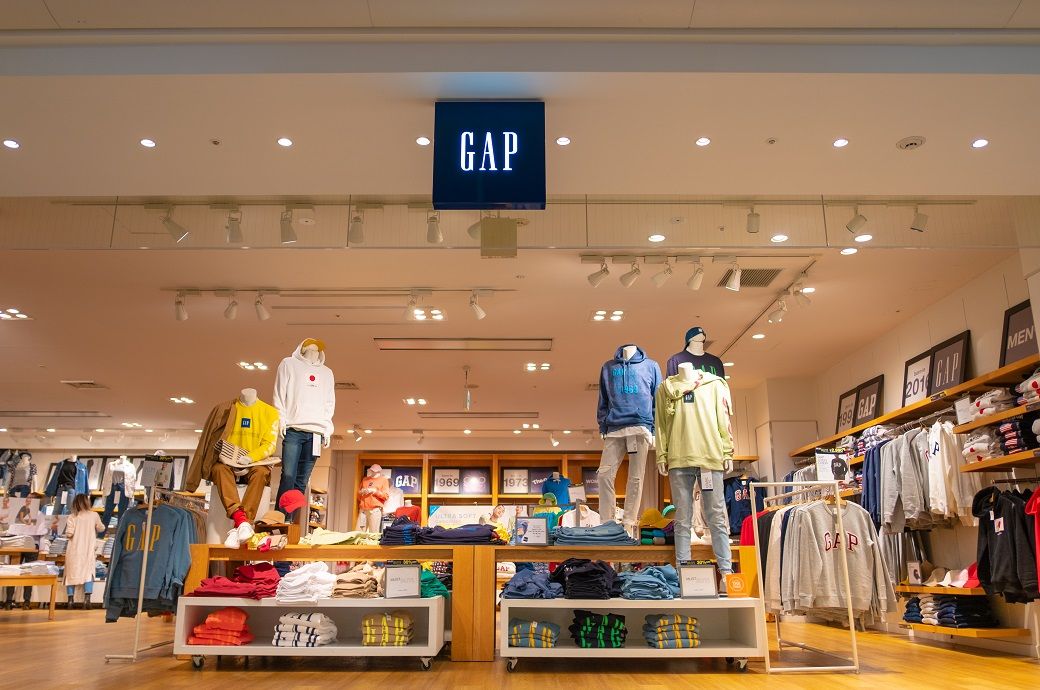
Gap successfully transitioned or phased out 100 per cent of fabrics with PFC-based finishes. The company sourced 81 per cent of its cotton from more sustainable origins, and 16 per cent of its polyester was procured from recycled sources (rPET). Moreover, a substantial 64 per cent reduction in Gap’s Scope 1 and 2 emissions was recorded in 2021, using a 2017 baseline, according to Gap’s 2022 Environmental, Social, and Governance (ESG) Report.
Furthermore, Gap has established two ambitious goals set for achievement by 2030. The first is to enable 5 million people within the apparel industry to improve their access to clean water and sanitation. The second aim is to diminish water usage and restore water to nature, equivalent to the total water consumption in both the manufacturing of apparel and the company’s facilities.
“As a global company that reaches millions of people around the world, we have an incredible opportunity—and a great deal of responsibility—to drive positive change by working with our partners to create a more sustainable business and a more equitable industry,” said Bob Martin, Gap Inc Interim CEO and executive chair of the board.
Fibre2Fashion News Desk (NB)